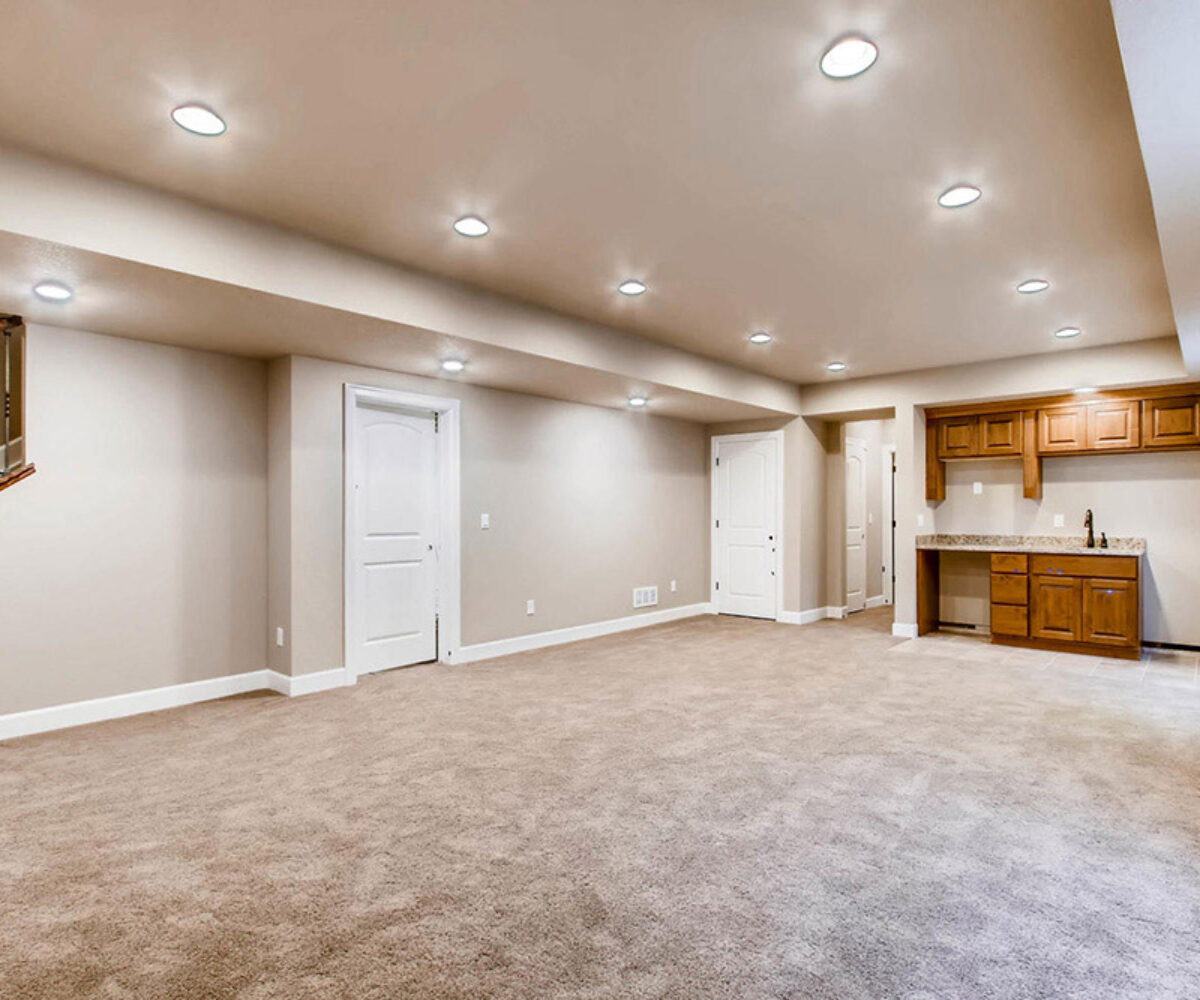5 FAQs on Finishing a Basement Ceiling
 The basement ceiling may not be your first consideration when contemplating a basement finish. It may not even be your second–or even on your radar at all! However, unfinished basements typically have ceilings with exposed pipes or other structural elements that don’t quite fit your design schematic. Though not the most exciting aspect of basement design, the ceiling of your basement deserves a little attention, or at the very least some aforethought, as this vital (if somewhat mundane) aspect of your home raises some important questions.
The basement ceiling may not be your first consideration when contemplating a basement finish. It may not even be your second–or even on your radar at all! However, unfinished basements typically have ceilings with exposed pipes or other structural elements that don’t quite fit your design schematic. Though not the most exciting aspect of basement design, the ceiling of your basement deserves a little attention, or at the very least some aforethought, as this vital (if somewhat mundane) aspect of your home raises some important questions.
1. What is the minimum height for a basement ceiling?
Local codes for basement finishing vary, however, according to the International Residential Code (IRC), a basement living space must have a clear floor-to-ceiling height of at least 7 feet (6 feet for bathrooms). Exceptions are often made to accommodate exposed structural beams, girders, or mechanical system components along the ceiling, but those must be spaced at least 4 feet apart and extend no more than 6 inches below the ceiling.
2. Can a basement ceiling be raised? How is it done?
Creating additional ceiling height in a basement is possible, though extremely costly, quite complicated, and not commonly recommended. One way to raise the ceiling is by lifting the entire home and extending the height of the existing foundation walls. This is obviously a complex endeavor that should only be undertaken by a contractor who specializes in lifting and moving houses. If only a few extra inches are needed, another option is to excavate the floor to add space from below. Again, this is a job for experts who will maintain the integrity of the foundation while accomplishing the goal of creating more vertical space.
3. Should a basement ceiling be insulated?
Yes. The basement is a part of the home that easily loses heat, so ceiling insulation is important for maintaining comfort and energy efficiency. Rolled fiberglass batting is typically used for this application. It is constructed of fiberglass sandwiched between two sheets of paper. It can be cut and pressed between the floor joists and stapled to the sides of the joists to keep it firmly in place. An added benefit of ceiling insulation in the basement is that of sound attenuation. While it will not completely block the noise traveling between the upper and lower floors, it dampens it considerably.
4. Do you need vapor barrier in a basement ceiling?
Basements are notorious for attracting moisture, even in dry climates, simply by virtue of being below ground. Installing a vapor barrier along with the insulation prevents heat loss as well as protecting against mold and mildew. The vapor barrier will only be effective if it is properly sized to completely cover the insulation and carefully stapled so that it doesn’t tear.
5. How do you cover or hide pipes in a basement ceiling?
Pipes are common in basement ceilings. Sometimes they can be moved, but when they cannot, an experienced framer/carpenter can build soffits or ceiling drops to accommodate them. Depending on the style of the finished basement, the pipes can be painted or simply incorporated into the design for an industrial look.

